
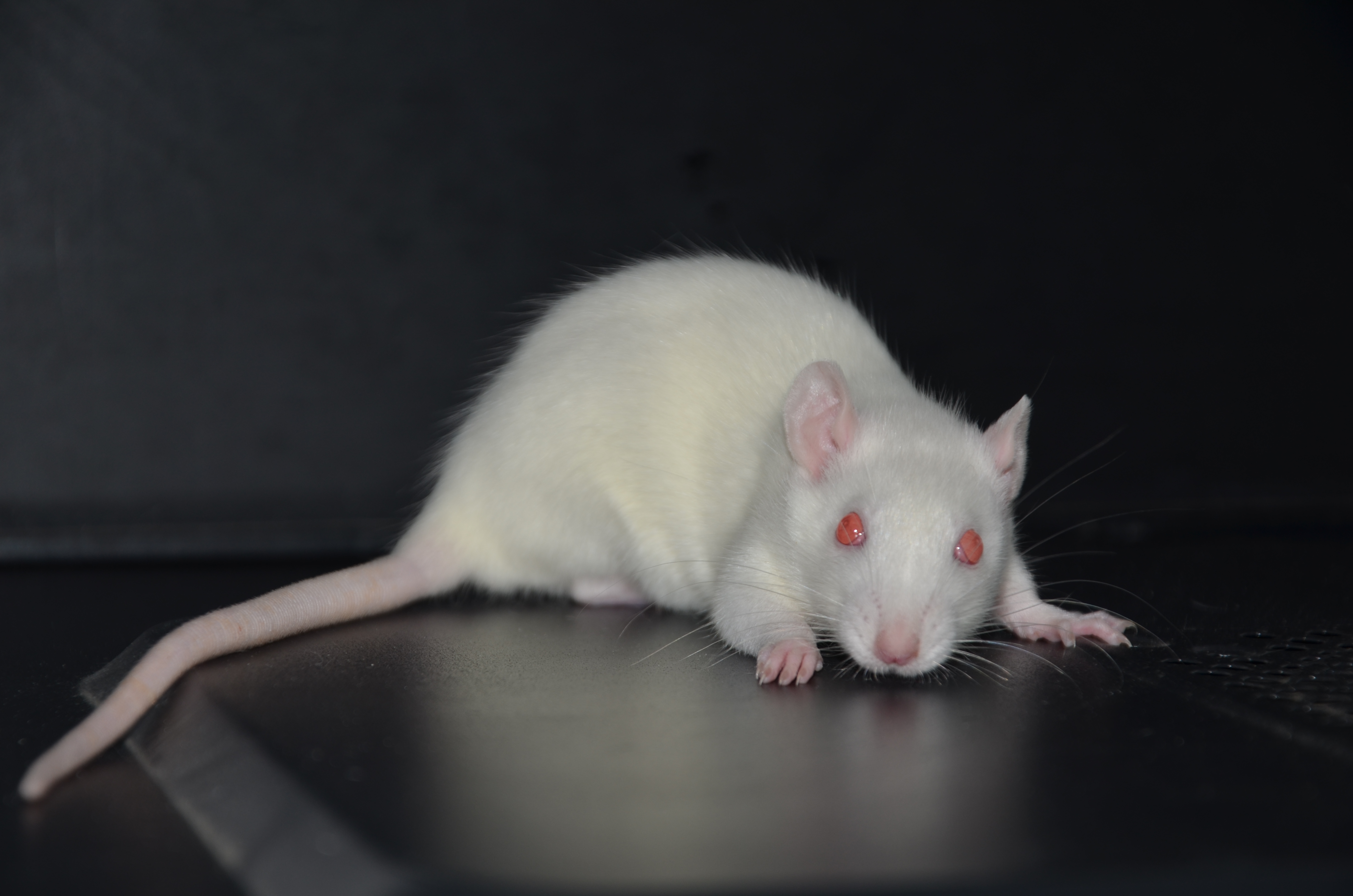
The development of human diseases is very complex. Taking human beings as the experimental object to deeply explore the mechanism of disease occurrence and promote the development of medicine is slow. The experience accumulated in clinical practice i...
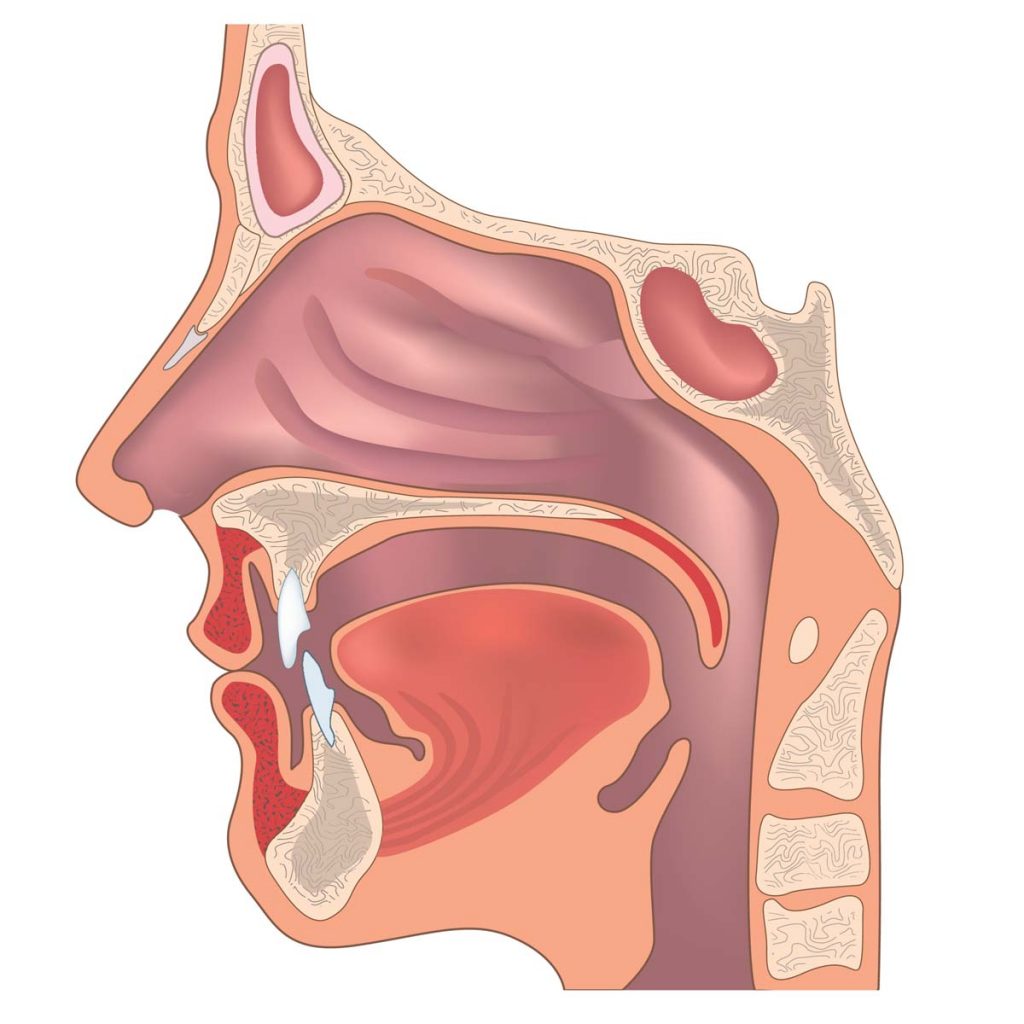
The animal model related to oral, ear, nose and throat refers to the animal experimental object used to carry out scientific research on oral, ear, nose and throat. By establishing animal experimental models of various oral, ear, nose and throat dise...
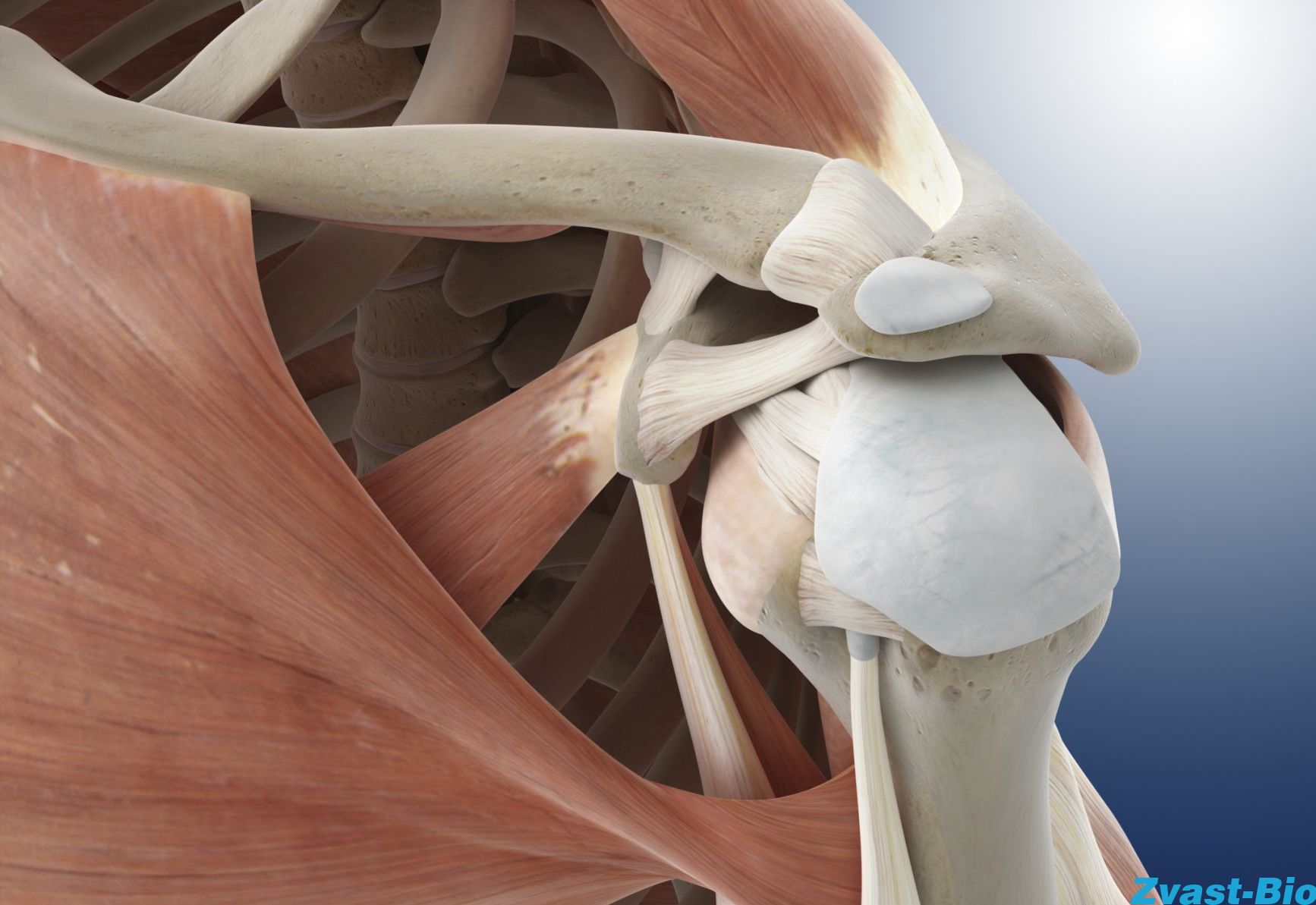
The animal model of skeletal system is the premise and basis for the research of bone related diseases, fracture and bone defect repair, as well as orthopedic-related repair materials and internal fixation devices. A large number of new products and...
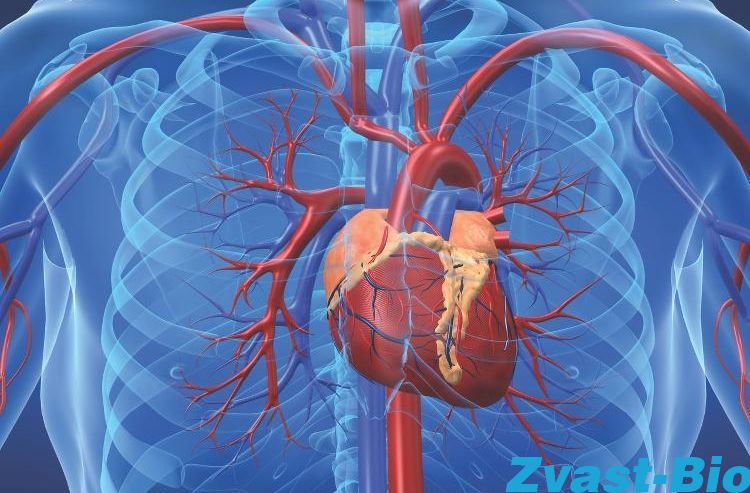
Cardiac and vascular diseases and their complications are complex multifactorial pathological processes, and are the result of the joint action of genes and environmental factors. Animals have inestimable value in the research of cardiovascular syste...
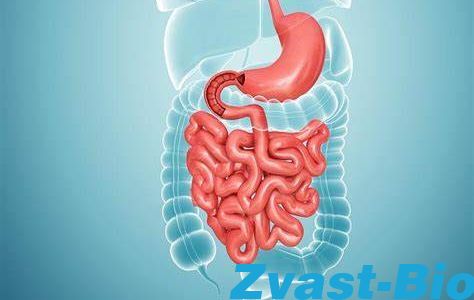
The digestive system is composed of digestive tract and digestive gland. Digestive system diseases include upper and lower digestive tract diseases such as esophagus, stomach, small intestine (duodenum, jejunum, ileum), large intestine (caecum, colon...
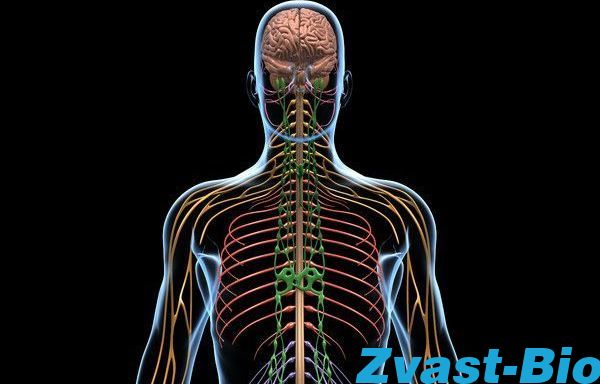
Animal models of nervous system diseases are mainly used to study the pathogenesis, pathological process and treatment methods of diseases. Common disease animal models include cerebrovascular disease model, Alzheimer\\\\\\\\\\\\\\\\\\\\\\\\\\\\\\\\\...
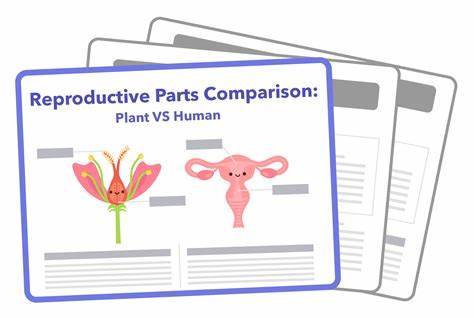
Reproduction is one of the basic characteristics of life phenomena, and is the process of life continuation between parents and offspring. It can be divided into female reproductive basic and male reproductive diseases, including polycystic ovarian s...

More than 80% of human information from the outside world comes from the visual system. At present, the most common blinding eye diseases include cataract, glaucoma and retinal degenerative diseases (including macular degeneration, diabetes retinopat...
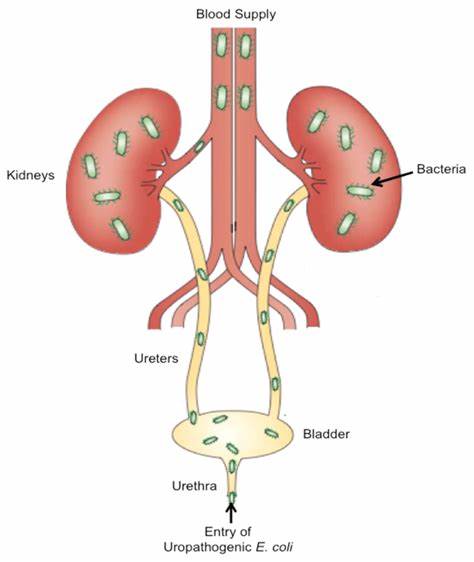
Urinary system diseases refer to the primary and secondary diseases of kidney, ureter, bladder, urethra and its accessory glands. Data shows that the incidence rate of adult chronic kidney disease is as high as 10%, which has become a hidden killer o...
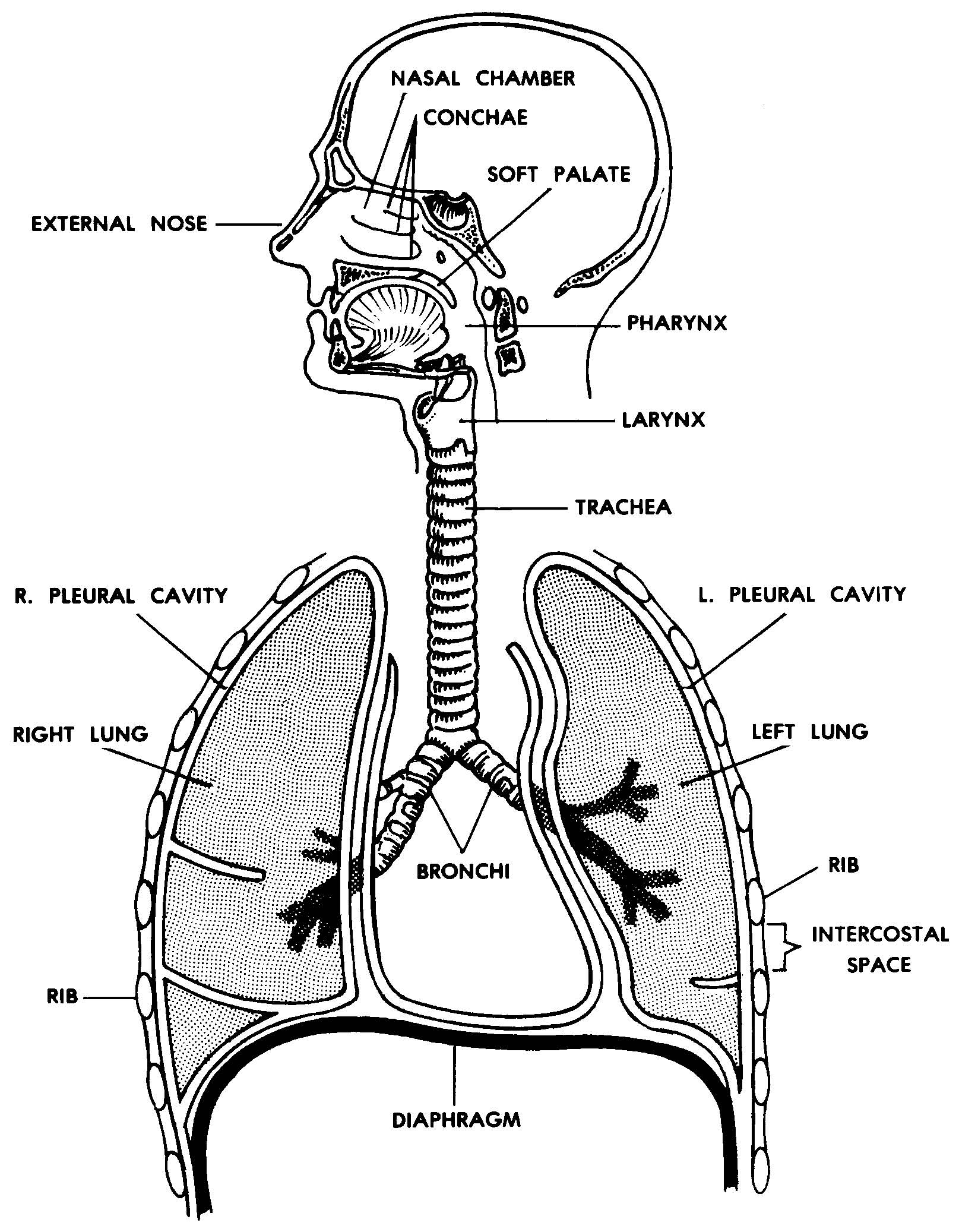
Respiratory diseases are connected with the outside world, which makes the outside organic or inorganic dust, various microorganisms, protein allergens, and harmful gases inhale into the lungs, causing a variety of respiratory diseases. The incidence...